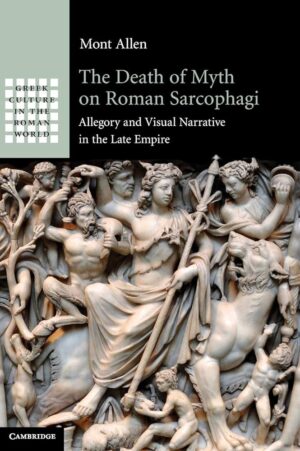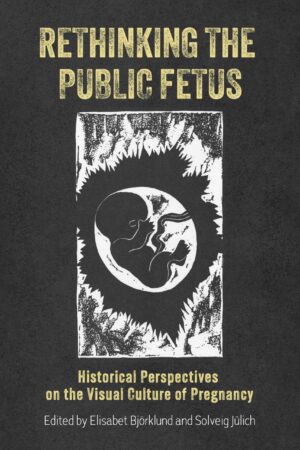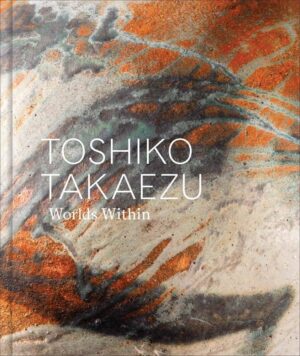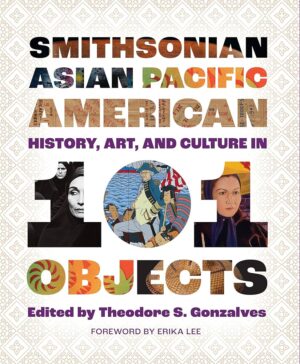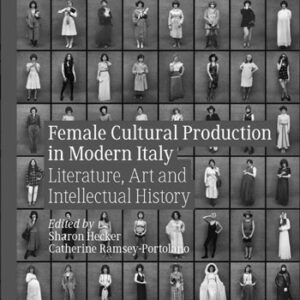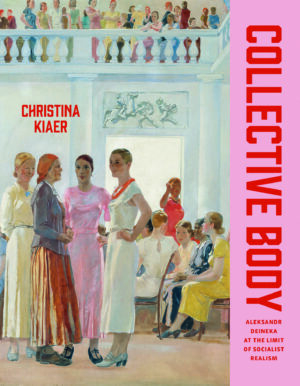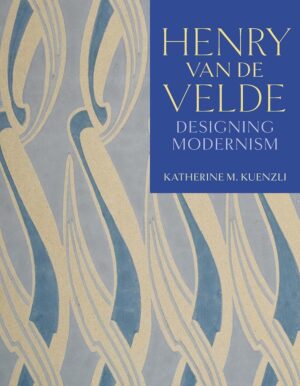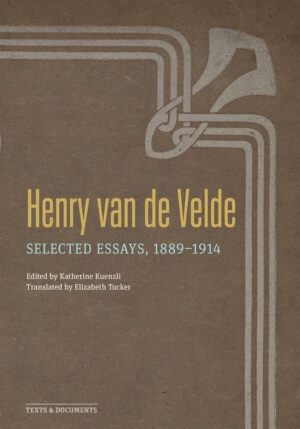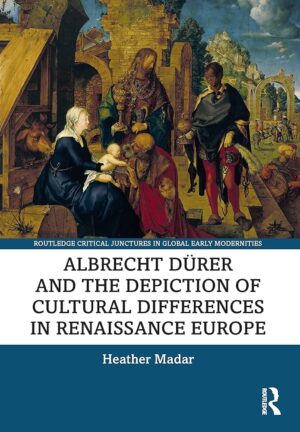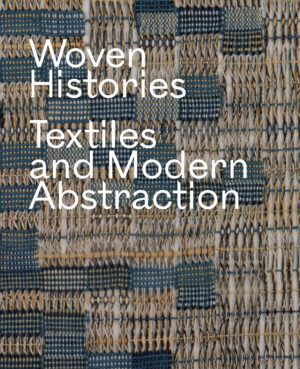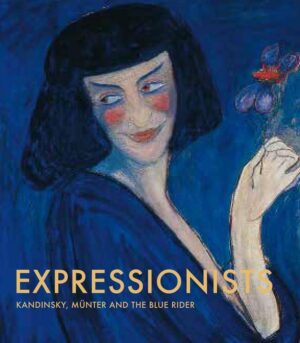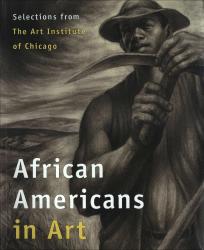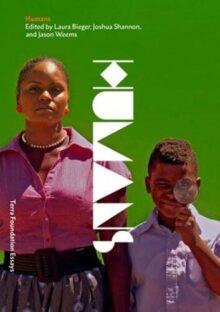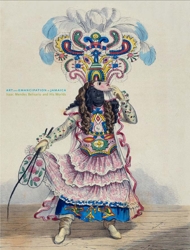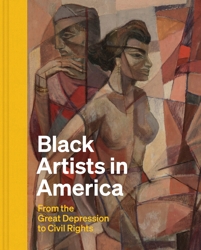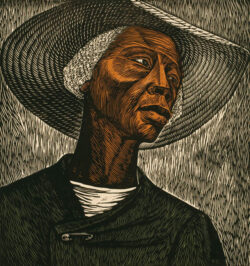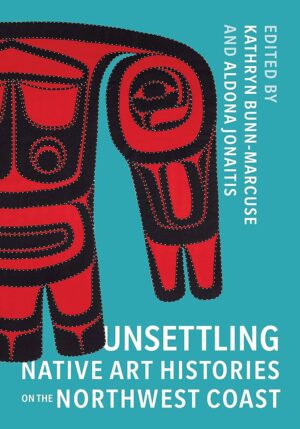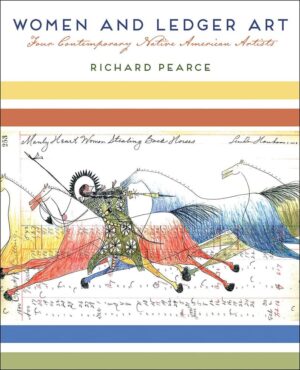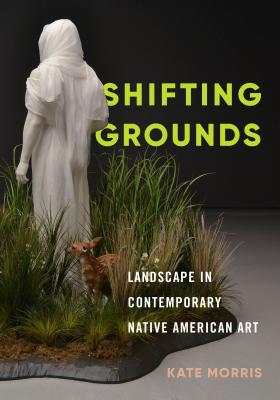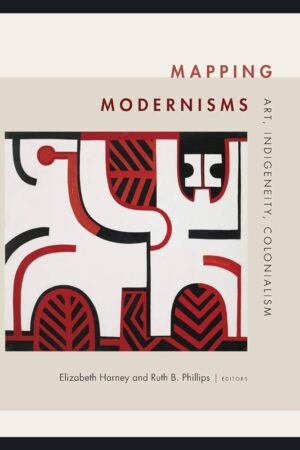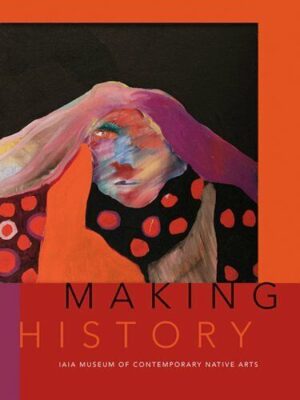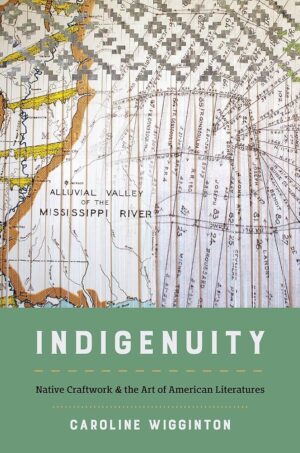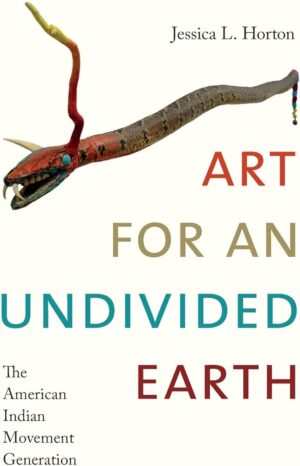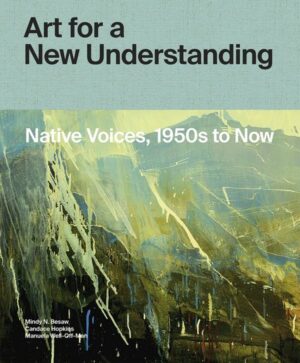Art History Library
Fall Library Orientations for Art History and Art Practice Students
You are welcome to attend one of the upcoming library orientation sessions for the Art History/Classics Library (308 Doe). The sessions are capped at 20 students, so be sure to reserve your spot via the rsvp form. Sessions are offered on the following dates/times:
Tuesday, September 10th, 3-4
Monday, September 16th, 4-5
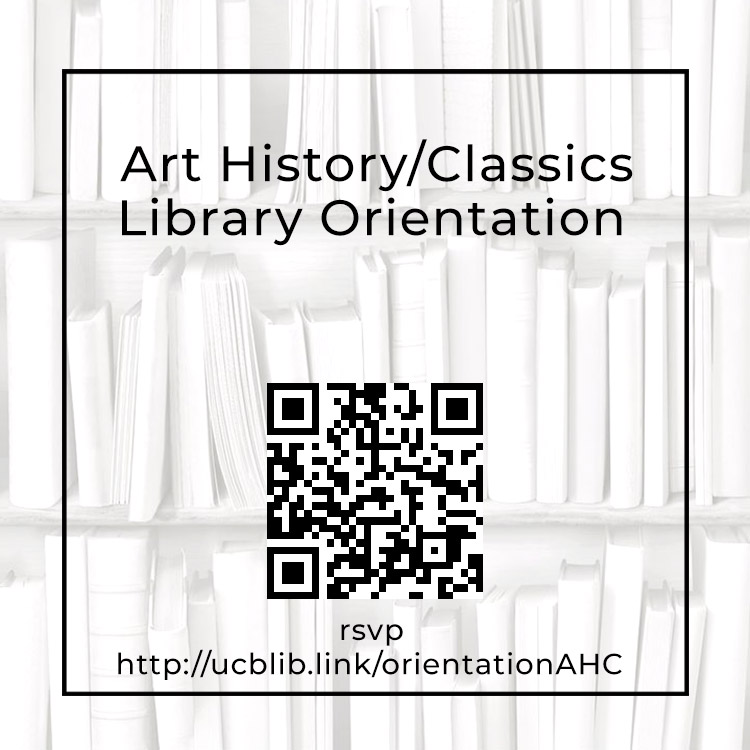
New Alumni Publications in Art History
Check out these new publications by U.C. Berkeley Art History Alumni, available through UC Library Search.
The Death of Myth on Roman Sarcophagi: Allegory and Visual Narrative in the Late Empire, by Mont Allen.
Rethinking the Public Fetus: Historical Perspectives on the Visual Culture of Pregnancy, by Jessica M. Dandona.
Toshiko Takaezu; Worlds Within, essay by Diana Greenwold.
Smithsonian Asian Pacific American History Art and Culture in 101 Objects, essay by Diana Greenwold.
Female Cultural Production in Modern Italy. Literature, Art and Intellectual History, by Sharon Hecker (ed.).
Collective Body: Aleksandr Deineka at the Limit of Socialist Realism, by Christina Kiaer.
Henry van de Velde: Designing Modernism, by Katherine Kuenzli.
Henry van de Velde: Selected Essays 1889-1914, by Katherine Kuenzli.
Exquisite Dreams: The Art and Life of Dorothea Tanning, by Amy Lyford.
Albrecht Durer and the Depiction of Cultural Differences in Renaissance Europe, by Heather Madar.
Woven Histories: Textiles and Modern Abstraction, essay by Bibiana Obler.
Expressionists: Kandinsky, Munter and the Blue Rider, essay by Bibiana Obler.
New Publication by Art History Faculty Henrike Lange
You can view Art History Professor Henrike Lange’s new book Eclipse and Revelation: Total Solar Eclipses in Science, History, Literature and the Arts, online.
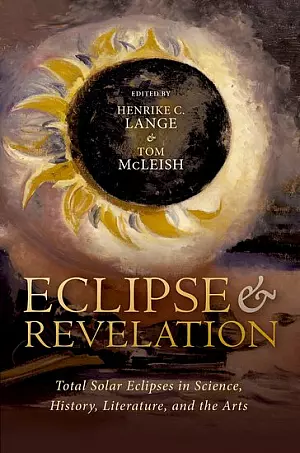
From the Oxford University Press website:
“A total solar eclipse is a spectacle without equal. Henrike Christiane Lange and Tom McLeish study the human and cultural impact of totality. Every human culture has a mythology about solar eclipses. These stories should be told and this book is an excellent survey of many cultures across the continents and throughout the centuries. I especially enjoyed the excerpts from Tom McLeish’s travel diary from August 2017 which capture the thrill of the chase and the allure of the corona in the co-authored Introduction. Chapter 2 by my late friend Jay Pasachoff on the solar corona is a masterclass in science communication. I highly recommend Eclipse & Revelation to anyone interested in solar eclipses and their many interactions with humanity.” — Michael Zeiler, Cartographer and Eclipse Chaser
“Genius! Truly marvelous and relevant work, beautifully illustrated and delivered: an utterly brilliant new take on interdisciplinary collaborations between the arts, humanities, and sciences exploring a gripping natural phenomenon across human history. Unlike any other, this book includes fascinating perspectives and early science from ancient Asia, Assyria, Babylonia, India, China, Greece and Rome, the scientific revolution to the present… – all topped off with the latest meteorological methods and a conclusion that creates a poetic awareness of the entire cosmos… Lange and McLeish deliver a passionate defense of the liberal arts and a delightful account of the perpetual curiosity, excitement, joy, and enduring love of wisdom at the core of the scientific and scholarly life.” — Andrew Stewart, Professor emeritus, History of Art and Classics at the University of California, Berkeley
Exploring the Arts during Black History Month
“The A&AePortal is committed to featuring groundbreaking and authoritative books on African Americans and the arts. Here are some highlights—see what might be helpful in your teaching, coursework, or research!” – from the A&Ae Portal Website.
Explore the Arts and Architecture E Portal from Yale University Press provided to you by UC Berkeley Library. Click the link to see these and other titles about the African American and Black Diaspora.
Visit the Art History/ Classics library to view more new books on Black and African American Artists now on display in 308 Doe.
Pop-up Exhibit: Eclipse & Revelation: Total Solar Eclipses in Science, History, Literature, and the Arts
Eclipse & Revelation: Total Solar Eclipses in Science, History, Literature, and the Arts
In collaboration with the Earth Sciences & Map Library, Art History/Classics Library, Art History and Astronomy departments, this pop-up exhibit will feature maps and materials inspired by the April 8, 2024 Total Solar Eclipse and “Eclipse & Revelation,” a newly published book by Henrike Lange which shows total solar eclipses from the interdisciplinary perspectives of the sciences, arts, humanities, history, and theology.
Join us to explore the representation of eclipses through maps, images, music, and film.
More information, see the event calendar, https://events.berkeley.edu/Library/event/239296-eclipse-revelation-total-solar-eclipses-in, and the online guide: https://guides.lib.berkeley.edu/mapsandmore/eclipse2024
Eclipse & Revelation: Total Solar Eclipses in Science, History, Literature, and the Arts
Edited by: Henrike C. Lange and Tom McLeish
Exhibit organizers:
Henrike C. Lange, Associate Professor, History of Art department
Lynn Cunningham, Art Librarian
Sam Teplitzky, Open Science Librarian
Darcy Grimaldo Grigsby Faculty Book Talk Wednesday February 21st
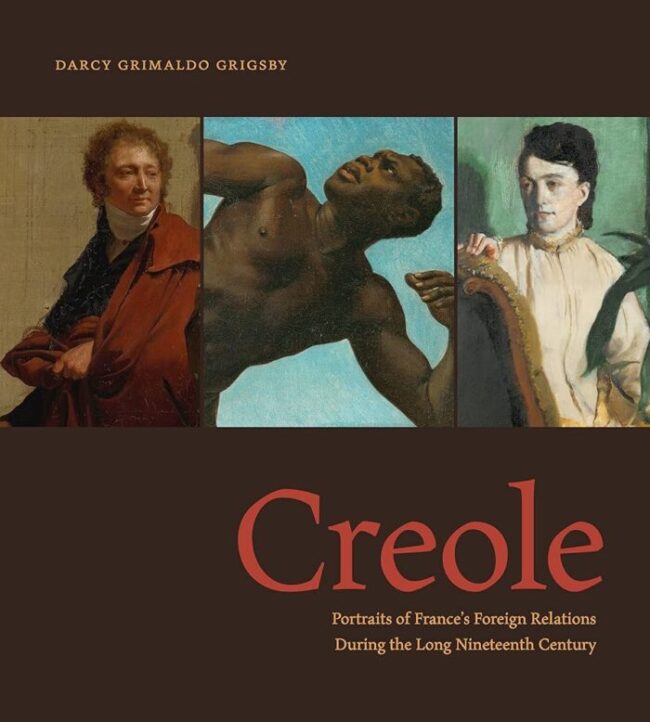
Professor Darcy Grimaldo Grigsby will discuss her book Creole: Portraits of France’s Foreign Relations During the Long Nineteenth Century, with Karl Britto on Wednesday, February 21st from 12-1pm. This Townsend Center for the Humanities event will take place at Geballe Room, 220 Stephens Hall. Registration is requested. Click this link for more information.
CANCELLED Book Talk Sunday December 3rd from Art History Faculty Julia Bryan-Wilson
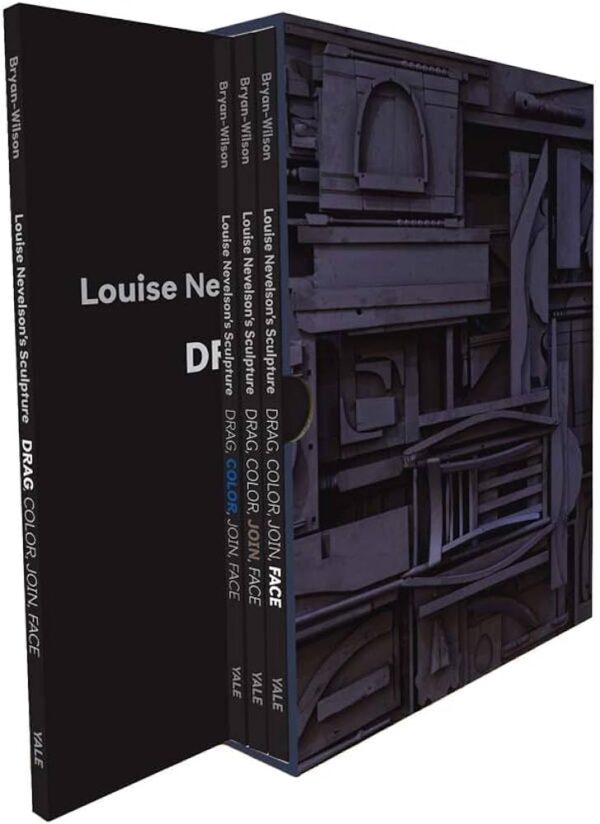
Julia Bryan-Wilson, Professor of Modern and Contemporary Art, will discuss her new book, Louise Nevelson’s Sculpture: Drag, Color, Join, Face , with Leigh Raiford, Professor of African American and African Diaspora Studies, at the Berkeley Art Museum and Pacific Film Archive on Sunday, December 3rd at 2pm. Click the link for more information.
From the publisher’s website:
“A daring reassessment of Louise Nevelson, an icon of twentieth-century art whose innovative procedures relate to gendered, classed, and racialized forms of making
“Here is a book that is not only a transformative study of a single artist but also a record of the scholar’s own labor—and her devotion.”—Artforum
In this radical rethinking of the art of Louise Nevelson (1899–1988), Julia Bryan-Wilson provides a long-overdue critical account of a signature figure in postwar sculpture. A Ukraine-born Jewish immigrant, Nevelson persevered in the male-dominated New York art world. Nonetheless, her careful procedures of construction—in which she assembled found pieces of wood into elaborate structures, usually painted black—have been little studied.
Organized around a series of key operations in Nevelson’s own process (dragging, coloring, joining, and facing), the book comprises four slipcased, individually bound volumes that can be read in any order. Both form and content thus echo Nevelson’s own modular sculptures, the gridded boxes of which the artist herself rearranged. Exploring how Nevelson’s making relates to domesticity, racialized matter, gendered labor, and the environment, Bryan-Wilson offers a sustained examination of the social and political implications of Nevelson’s art. The author also approaches Nevelson’s sculptures from her own embodied subjectivity as a queer feminist scholar. She forges an expansive art history that places Nevelson’s assemblages in dialogue with a wide array of marginalized worldmaking and underlines the artist’s proclamation of allegiance to blackness.”
Townsend Berkeley Books Chat with Aglaya Glebova
Aleksandr Rodchenko: Photography in the Time of Stalin
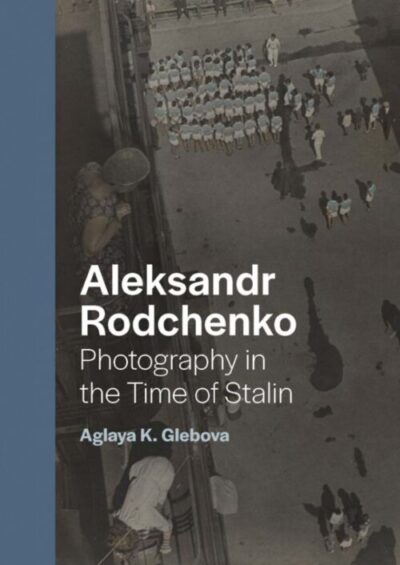
Through the lens of Aleksandr Rodchenko’s photography, Aglaya Glebova (History of Art) charts a new and provocative understanding of the troubled relationship between technology, modernism, and state power in Stalin’s Soviet Union.
Aleksandr Rodchenko: Photography in the Time of Stalin (Yale, 2023) traces the shifting meanings of photography in the early Soviet Union, as it reconsiders the relationship between art and politics during what is usually considered the end of the critical avant-garde. Aleksandr Rodchenko (1891–1956), a versatile Russian artist and one of Constructivism’s founders, embraced photography as a medium of revolutionary modernity. Yet his photographic work between the late 1920s and the end of the 1930s exhibits an expansive search for a different pictorial language.
In the context of the extreme transformations carried out under the first Five-Year Plans, Rodchenko’s photography questioned his own modernist commitments. At the heart of this book is Rodchenko’s infamous 1933 photo-essay on the White Sea-Baltic Canal, site of one of the first gulags. Glebova’s careful reading of Rodchenko’s photography reveals a surprisingly heterodox practice and brings to light experiments in adjacent media, including the collaborative design work Rodchenko undertook with Varvara Stepanova, his partner in art and life.
Glebova is joined by Harsha Ram (Slavic Languages & Literatures and Comparative Literature). After a brief discussion, they respond to questions from the audience.
Native American Heritage Month Art Resources
November is National Native American Heritage Month. Check out these online resources about Native American Art. Come see additional titles on display in the Art History/ Classics Library.
The Sweet Smell of Home Unsettling Native Art Histories… Women and Ledger Art
Shifting Grounds Mapping Modernisms Making History
Indigenuity Art for an Undivided Earth Art for a New Understanding
New Publication from Faculty Lisa Pieraccini

Art History Faculty Lisa Pieraccini has a new publication out titled Consumption, Ritual, Art and Society: Interpretive Approaches and Recent Discoveries of Food and Drink in Etruria (2023)
It will soon be available from UC Berkeley Library for loan.
From the Publisher:
Food determines who we are. We are what we eat, but also how we eat, with whom we eat, where we eat and, in some cases, even why we eat. Food production and consumption in the ancient world can express multiple dimensions of identity and negotiate belonging to, or exclusion from, cultural groups. It can bind through religious praxis, express wealth, manifest cultural identity, reveal differentiation in age or gender, and define status. As a prism through which to investigate the past, its utility is manifold. The chapters gathered together in this ground-breaking book explore the intersections between food, consumption, and ritual within Etruscan society through a purposeful cross-disciplinary approach. It offers a unique and innovative selection of up-to-date analysis from a variety of Etruscan food-related topics. From banqueting, feasting, fish rites, and symbolic consumption to bio-archaeological data, this volume explores a new and exciting field in ancient Italian archaeology.
